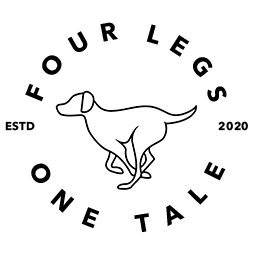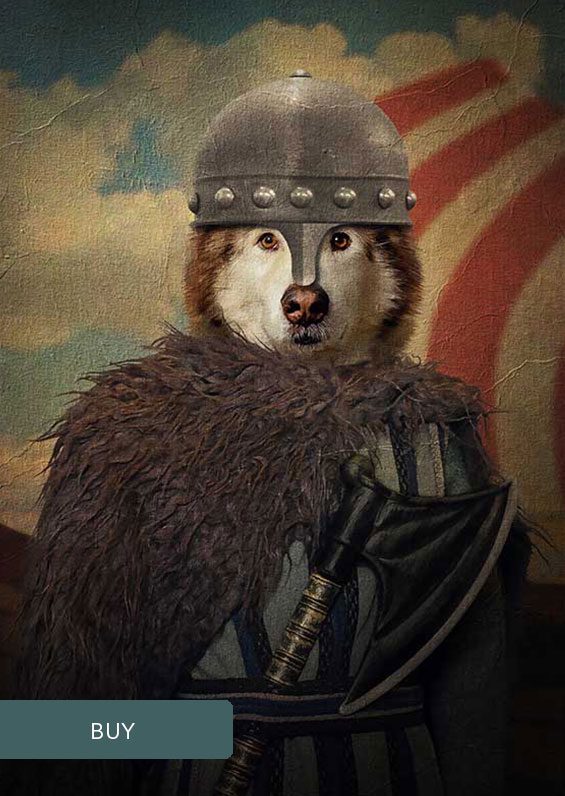Behind the Artwork
Costume: The Viking
In the most recent installment of ‘Behind the Artwork,’ we take a comprehensive dive into our Viking costume, uncovering the inspiration and hidden Easter eggs woven into our creations. Our commitment to historical accuracy shines through as we meticulously attend to the small details that we believe make a significant difference in our artwork.
Viking Helmets: Separating Fact from Fiction
In our quest to unravel the truth about Viking culture, let’s first dispel the enduring myth of horned helmets. Authentic Viking helmets, crafted with practicality in mind, feature a conical shape and an iron-wrought design. Contrary to popular belief, no horns adorned these helmets. The simplicity of their design reflects the pragmatic nature of the Vikings, emphasising functionality over flamboyance. Typically made of iron, these helmets featured a conical shape with a nose guard for protection in battle. The simplicity and efficiency of the design reflect the pragmatic nature of Viking society.

The Gjermundbu helmet, discovered in a burial mound in Norway, is a remarkable archaeological find, providing valuable insights into the craftsmanship and design of Viking-age protective headgear. Emphasising the functionality of a Viking helmet which would be worn in raging battle.
Viking Clothing: Weaving Tales of Identity and Tradition
Moving from helmets to attire, Viking clothing emerges as a woven tapestry of identity and tradition. Wool, a readily available resource, not only provided insulation against the harsh Nordic climate but also formed the backbone of Viking attire. Colours, patterns, and materials spoke volumes about the wearer’s social status, familial affiliations, and connection to Norse mythology. Vikings, known for their resourcefulness, often adorned themselves in clothing crafted from animal skins during the colder winter months, showcasing both their practicality and a connection with the natural world.
Viking Ships: Masterpieces of Maritime Ingenuity
At the heart of Viking exploration and conquest were their remarkable ships. The longship, with its sleek design and shallow draft, enabled Vikings to navigate both open seas and shallow rivers. These vessels were not merely modes of transportation; they were symbols of technological prowess and strategic innovation.
The flexibility of the longship allowed Vikings to raid, trade, and settle across distant lands. Their dragon-headed prow, not only intimidating to adversaries but also serving a ceremonial and spiritual purpose, showcased the Vikings’ connection to their mythology. The advanced shipbuilding techniques, including clinker construction and intricate carvings, exemplify the Vikings’ mastery of craftsmanship and engineering.
Viking ships, equipped for both raiding and exploration, often displayed distinctive flags adorned with symbols representing their clans, affiliations, or invoking Norse mythology, adding a striking and symbolic element to their seafaring endeavours.
Unleash Norse Might: Exploring the Power and Precision of Authentic Viking Axes
The Viking axe, a formidable weapon in Norse warfare, was characterised by its double-edged blade and a distinctive design tailored for both combat and utility. With a broad cutting edge and a pronounced beard or hook extending from the blade’s bottom, the Viking axe served as a versatile tool for both battle and daily tasks.
Embracing the Viking Legacy with Newfound Understanding
By debunking the myths surrounding Viking helmets, exploring the cultural significance of clothing, and navigating the seas of ingenuity aboard their iconic ships, we gain a deeper appreciation for the Vikings’ contributions to history. Our journey has unveiled a civilisation that valued practicality, community, and exploration. As we embrace the true essence of Viking heritage, adorned not with horns, but with newfound knowledge, we set sail on a voyage that transcends time.
Which type of dog is the perfect fit for our Viking costume?
Vikings are not the only ones howling for adventure! Our Viking costume is for the furry friend who raids their owners for treats and conquer hearts – one wag at a time! A norse warrior who is on a never ending quest to seek out belly rubs and adventure during walks.

